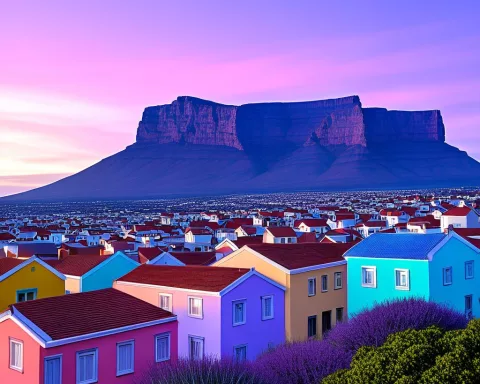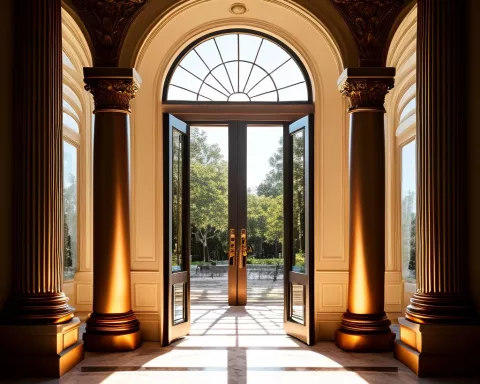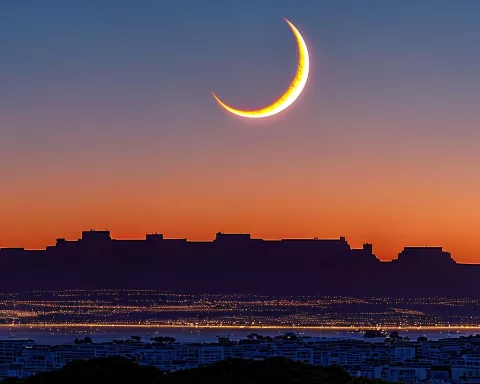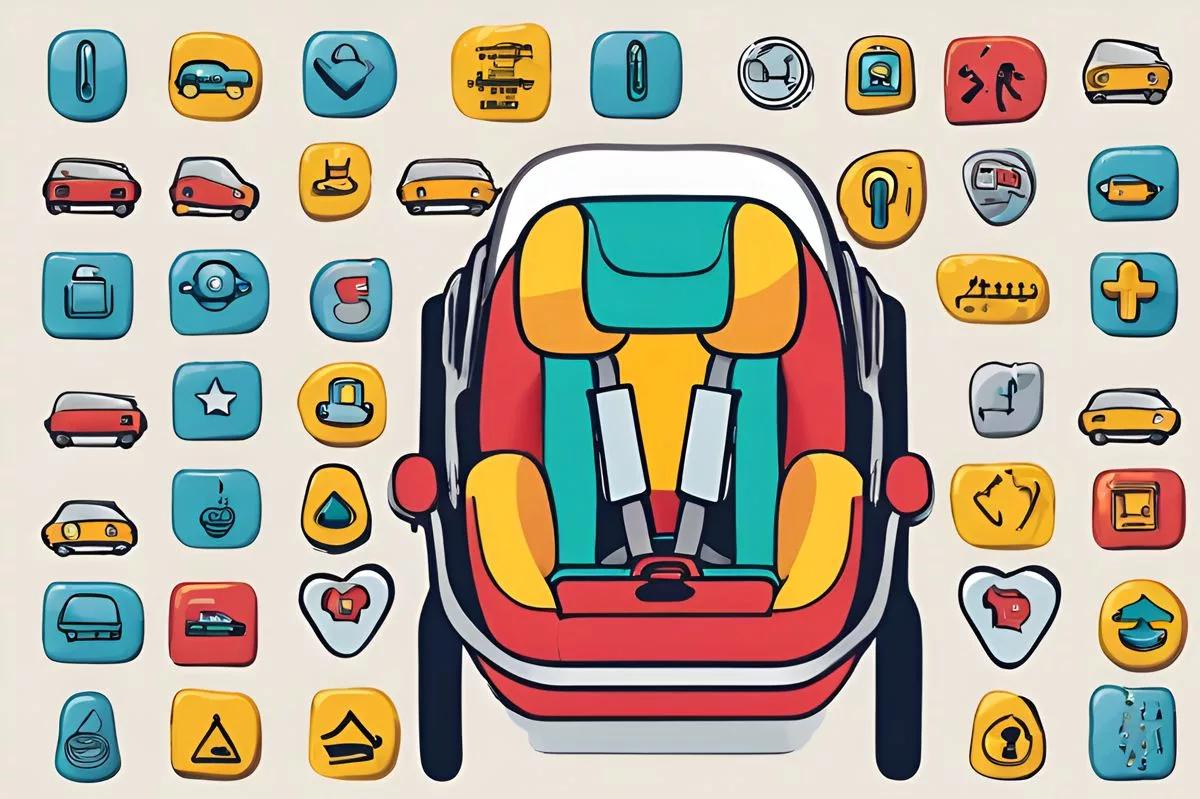Cape Town’s suburbs are like a colorful quilt, each piece telling a unique story. From the lush vineyards of Constantia, where wine reigns supreme, to the sunny shores of Camps Bay, once a military camp, every neighborhood has its charm. Hout Bay whispers tales of timber and fishing, while the vibrant streets of Khayelitsha and Langa reflect resilience and hope. As you wander through these areas, the mix of history, culture, and modern life creates a magical experience that showcases Cape Town’s rich and diverse heritage.
What are the origins of Cape Town’s suburbs?
Cape Town’s suburbs showcase a rich tapestry of history, from indigenous roots to colonial influences. Each area, like Constantia and Camps Bay, reflects unique stories and cultural heritage, revealing the diverse communities that have shaped this vibrant city over time.
Cape Town, renowned for its stunning landscapes and diverse cultural heritage, is a mosaic of neighborhoods, each with its own distinct history and charm. These districts reflect the city’s rich past, from indigenous roots to colonial influences, and the various communities that have thrived here through the ages. Here’s a deeper look into the stories behind some of Cape Town’s most intriguing suburb names.
The Historical Influences
Constantia: A Legacy of Wine and Agriculture
Nestled among the rolling vineyards, Constantia stands as one of Cape Town’s most historic areas. Its name harks back to the 17th century, when Simon van der Stel, the Cape’s first governor, established the Groot Constantia estate. The term ‘Constantia,’ rooted in Latin, translates to ‘steadfast’—a nod to the enduring significance of agriculture, particularly viticulture, in this region. Today, Constantia’s legacy continues with its world-renowned wines, picturesque landscapes, and storied past.
Camps Bay: From Military Camp to Beach Paradise
Camps Bay, famed for its pristine beaches and lively atmosphere, owes its name to a military encampment set up during the Second Anglo-Boer War in the late 19th and early 20th centuries. This seaside gem has transitioned from its wartime roots to become a popular destination for both locals and tourists. As you walk along the oceanfront, the echoes of history blend seamlessly with the modern vibrancy of beachside cafes and scenic views, creating a unique harmony of past and present.
Hout Bay: A Harbor of Timber and Fishing
Hout Bay, translating to ‘Wood Bay’ from Dutch, reflects its historical abundance of timber, vital for shipbuilding in the 17th century. Early settlers utilized the rich wood resources of the area to support the growing maritime needs. Presently, Hout Bay maintains its historical charm, with a bustling harbor filled with fishing boats and vibrant markets. This picturesque locale combines natural beauty with a rich maritime heritage, making it a cherished spot for both residents and visitors alike.
Bishopscourt: An Oasis of Elegance
Named after the residence of Cape Town’s Anglican bishop, Bishopscourt is synonymous with luxury and tranquility. Established in the early 20th century, this affluent suburb is characterized by its grand estates, lush gardens, and serene environment. The exclusivity of Bishopscourt offers a peaceful retreat from the bustling city life, where one can appreciate the refined elegance and historical significance that the area exudes.
Indigenous Roots and Resilience
Khayelitsha: A Symbol of New Beginnings
Khayelitsha, meaning ‘new home’ in Xhosa, emerged in the early 1980s as part of the apartheid-era relocation efforts. This suburb embodies the cultural essence of its predominantly Xhosa-speaking residents. Despite its challenging beginnings, Khayelitsha has grown into a vibrant urban community, reflecting the resilience and spirit of its inhabitants. As you explore its streets, the dynamic culture and heartfelt community spirit offer a glimpse into the enduring strength of its people.
Langa: A Tribute to the Sun
Langa, one of the oldest townships in South Africa, means ‘sun’ in Xhosa. Established in the 1920s, Langa holds a profound historical significance, symbolizing the struggles and perseverance of its residents. The township’s rich history is palpable as you traverse its streets, where tales of hardship and triumph are woven into the very fabric of the community. Langa’s enduring vitality offers an essential narrative within Cape Town’s broader historical context.
Natural and Geographic Inspirations
Sea Point: Coastal Charm and Urban Energy
Sea Point, named for its stunning ocean views, has transformed from a fashionable seaside resort into a bustling urban neighborhood. Retaining its beautiful promenade and beachside allure, Sea Point seamlessly blends its coastal charm with the energy of modern city life. This area exemplifies the harmonious coexistence of historical elegance and contemporary vibrancy, making it a favored destination for both relaxation and adventure.
Muizenberg: Surfing Haven with Historical Roots
Muizenberg‘s name originates from the Dutch word ‘Muis,’ meaning ‘mouse,’ possibly due to the small rodents once prevalent in the area. Initially a quiet fishing village, Muizenberg has evolved into a renowned surfing destination, celebrated for its family-friendly beaches and vibrant surf culture. The blend of its quaint historical charm and dynamic recreational scene offers a unique experience that appeals to both history enthusiasts and adventure seekers.
Celebrating Cultural Heritage
Bo-Kaap: A Kaleidoscope of History
Bo-Kaap, translating to ‘Above the Cape,’ is famous for its vividly colored houses and rich Muslim heritage. This neighborhood’s history dates back to the settlement of freed slaves and immigrants, reflecting Cape Town’s diverse cultural mosaic. The colorful facades and cobblestone streets of Bo-Kaap are not just visually striking but also symbolize a deep connection to the past. This area provides an immersive experience into the rich tapestry of Cape Town’s cultural evolution.
Rondebosch: Hub of Learning and Growth
Rondebosch, meaning ‘round bush,’ was named after the circular shrubs that once dominated the landscape. Today, it is recognized for its strong academic presence, housing the University of Cape Town and various other educational institutions. Rondebosch’s intellectual fervor is evident, making it a vibrant hub of learning and growth. This suburb not only offers educational opportunities but also contributes to the cultural and intellectual richness of Cape Town.
Embracing Modern Developments
Green Point: From Verdant Pastures to Urban Vitality
Green Point, once characterized by its lush landscapes, has evolved into a dynamic suburb with modern amenities. Its name reflects the area’s agricultural roots, which have given way to a thriving urban environment filled with parks, recreational facilities, and a lively nightlife. The blend of its historical green charm and contemporary dynamism creates an engaging atmosphere that attracts a diverse array of visitors and residents.
Observatory: Where Creativity Meets History
Observatory, affectionately known as ‘Obs,’ derives its name from the Royal Observatory of Cape of Good Hope established in the 19th century. This suburb’s unique, bohemian character draws students, artists, and creatives, fostering a vibrant and eclectic community. As you wander through Obs, the interplay of historical significance and creative energy makes it one of Cape Town’s most distinctive neighborhoods.
Each suburb in Cape Town unfolds a story, weaving a rich tapestry that spans indigenous heritage, colonial history, and contemporary developments. This narrative showcases the diverse groups, cultures, and histories that have shaped this iconic city. For both residents and visitors, exploring these neighborhoods unveils the unique elements that make Cape Town a captivating and multifaceted destination.
FAQ: Unveiling the Origins of Cape Town’s Suburbs
What are the origins of Cape Town’s suburbs?
Cape Town’s suburbs reflect a rich tapestry of history, from indigenous roots to colonial influences. Each area showcases unique stories and cultural heritage, revealing the diverse communities that have shaped this vibrant city over time.
What is the historical significance of Constantia?
Constantia, established by Simon van der Stel in the 17th century, is one of Cape Town’s most historic areas, renowned for its vineyards. The name ‘Constantia’ means ‘steadfast’ in Latin, symbolizing the enduring legacy of agriculture, particularly viticulture, in this region.
How did Camps Bay transition from a military camp to a popular beach destination?
Camps Bay was named after a military encampment during the Second Anglo-Boer War. Over time, it transformed into a sought-after seaside destination, blending its historical significance with a modern, vibrant atmosphere characterized by beachside cafes and stunning ocean views.
What does Hout Bay represent in terms of history?
Hout Bay, meaning ‘Wood Bay’ in Dutch, reflects its historical abundance of timber used for shipbuilding in the 17th century. Today, it retains its maritime charm with a bustling harbor and vibrant markets, showcasing both its natural beauty and rich heritage.
Can you tell me about the cultural significance of Khayelitsha and Langa?
Khayelitsha, meaning ‘new home’ in Xhosa, emerged in the 1980s as part of apartheid relocation efforts and symbolizes resilience. Langa, which means ‘sun’ in Xhosa, is one of South Africa’s oldest townships, established in the 1920s, and represents the struggles and perseverance of its residents.
What makes Bo-Kaap a unique neighborhood in Cape Town?
Bo-Kaap, meaning ‘Above the Cape,’ is famous for its colorful houses and rich Muslim heritage. It reflects Cape Town’s diverse cultural mosaic, with its vibrant streets and historical significance providing an immersive experience into the city’s cultural evolution.












